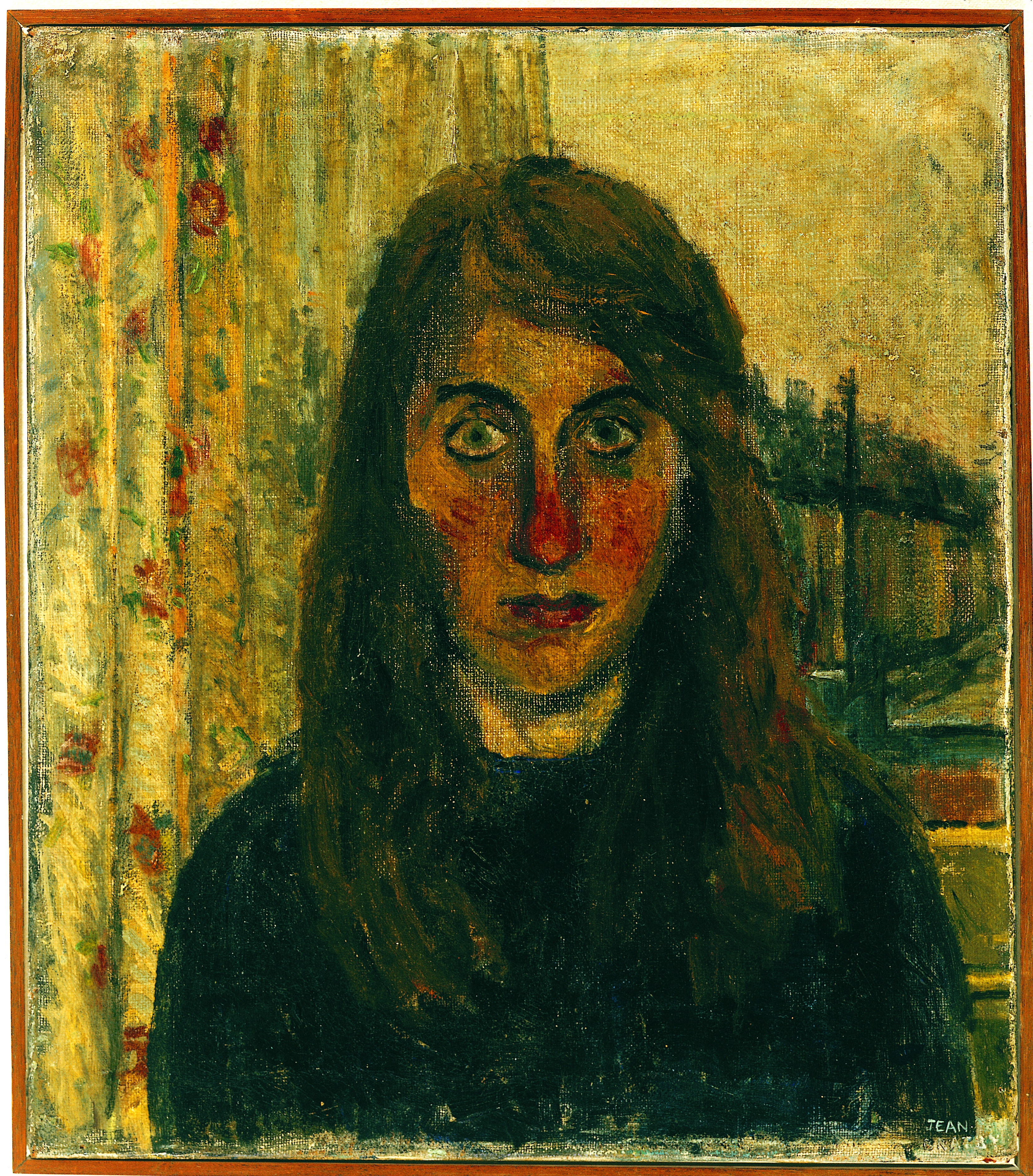The original Ruth Borchard Collection was a life-long project of writer and collector Ruth Borchard (1910-2000). It not only holds significant examples of many historically important artistic movements and styles in Modern British art but at the same time forms a unique record of post-war British society. Many distinguished artists in the collection were also influential teachers, such as David Bomberg, Carel Weight and Keith Vaughan.
-
-
'dowsing for talent'
In addition to approaching well renowned, established artists Ruth sought out works from emerging avant-garde painters of note like William Crozier and Francis Newton Souza; and promising young artists early on in their career like Anthony Green, David Tindle and Anthony Whishaw. Ruth described this search for self-portraits as ‘dowsing for talent’, visiting many leading contemporary London galleries, both established and avant-garde, and the annual Young Contemporaries exhibitions - deliberately refraining from reading exhibition reviews - in her quest to find works showing a solid body of craftsmanship and singular honesty as well as expressing an emotive quality, the essential ‘cri de coeur’.
-
-
‘I am not a feminist but to have only 3 women painters out of 91[the tally to date] makes rather poor odds so 21 gns it is. Are you going to come and pick up the painting?’ (Jean Cooke nee Bratby)
Only five of the hundred self-portraits are by women, yet their presence is strongly felt. Ruth did approach other female artists for self-portraits but none felt able to help. There is a wry, brusque note from Jean Cooke (signed Jean Bratby, then her married name) to Ruth, in which the artist agrees to receive a much lower price for her work than would normally be the case.

-
Although other artists, such as the allusive Lucian Freud, rejected Ruth's request for work between 1958 and 1971, she managed to unite one hundred self-portraits by British and Irish-based artists. These were mostly oil paintings, watercolours and gouaches, with a couple of lithographic prints, and one sculpted relief. To adapt Patrick Hayman’s words, the viewer of the Collection has ‘to put oneself aside in order to perceive and to stand humbly before the worlds’ of so many ‘distant personalities’. The self-portraits conjuring up a mass of seemingly timeless, mysterious, elusive human identities – belonging to a definably recent yet increasingly distant historical era. To commemorate the centenary of Ruth Borchard’s birth, in 2011 Ruth's Collection was transferred to a charitable trust and to reflect and celebrate the traditions which inform the Original Collection a Self Portrait Prize launched and the Next Generation Collection was established. An ever expanding body of contemporary art the Next Generation Collection mantains Ruth’s efforts to acquire self-portraits from renowned and emerging artists.








